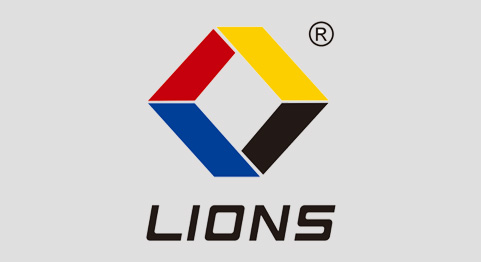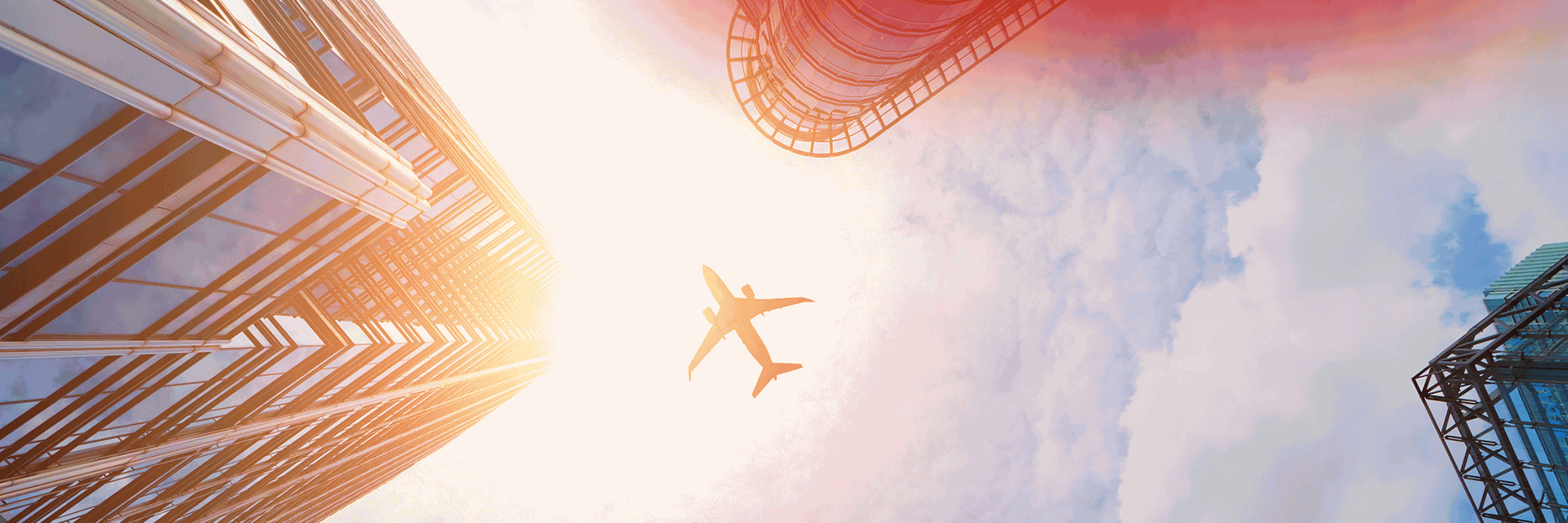Selection requirements of diesel generator set in high-rise buildings
2021-08-28
1、 Setting principle
In the power supply design of high-rise buildings, it must first be clear under what circumstances diesel generator sets should be set. Let's start with the load level of high-rise buildings:
① For the fire power consumption of fire pumps, smoke control facilities, fire elevators and emergency lighting in high-rise buildings, according to article 9.1.1 of code for fire protection design of high rise civil buildings (GB50045-95), class I high-rise buildings shall be powered by class I load, and class II high-rise buildings shall be powered by class II load.
Generator Set
② According to Article 3.1 of code for electrical design of civil buildings (JGJ / t16-92), the load of many parts of high-rise buildings is class I load, such as banquet hall, entertainment hall, senior guest room and kitchen of class I and II hotels, passenger elevator power of important office buildings, lighting of main offices and conference rooms, and business hall lighting of large department stores; The loads of some parts are secondary loads, such as escalators and passenger elevators in department stores, power, main office and conference room lighting in ministry and provincial office buildings, etc. The first level load also includes particularly important loads, such as important transportation hubs, communication hubs and public places with a large number of people often used for important international activities.
The primary load shall be shared by two power sources. When conditions permit, the secondary load should also be powered by two circuits, especially the secondary load for fire power should be powered according to the requirements of the two circuits of the secondary load. It can be seen that high-rise buildings have high requirements for the reliability of power supply, which requires two power supplies. Therefore, the principles for setting diesel generator set are as follows:
① For high-rise buildings where the power grid can provide two independent power sources, the requirements of class I and II loads have been met according to the specifications. In principle, diesel generator sets can not be set. However, for particularly important high-rise buildings (such as super high-rise buildings), which contain particularly important loads, the serious situation that when one power supply system is overhauled or fails, the other power supply system fails again should be considered. At this time, diesel generator set should be set as emergency power supply.
② For high-rise buildings where the local power grid can only provide one power supply, or it is difficult or uneconomical to obtain the second power supply, diesel generator sets shall be set to provide the second power supply. At this time, the diesel generator set is used as a standby power supply, not just for emergency use.
③ According to the star pole standard of tourist hotels in China, four-star and five-star hotels should be equipped with their own power generation system. The above are the basic principles for setting diesel generator set. It is worth mentioning that in some high-rise buildings at home and abroad, even if the power supply of the municipal network is quite reliable and can meet the specification requirements, they are also equipped with self-contained emergency generator sets, so that in case of interruption of the power supply of the municipal network, on the one hand, it can ensure the needs of fire power during power failure and maintain the basic order of the building at the same time.
2、 Selection of diesel generator set capacity (12kw-2000kw)
3、 Unit type selection
1. Starting mode
When the diesel engine starts, it must rely on external force to drive the crankshaft to rotate. When it reaches a certain speed, the air in the cylinder is compressed to a certain pressure and temperature, so that the fuel injected into the cylinder begins to burn, and the diesel engine starts to operate normally. There are three starting modes of diesel engine: ① manual starting, which starts the diesel engine through the manual device; ② Electric starting: the motor is used as the power to drive the crankshaft to rotate through the transmission mechanism, so as to start the diesel engine. The power supply for electric starting is the battery, and the voltage is generally 24V; ③ The compressed air is started. The compressed air is introduced into the diesel engine cylinder, and its pressure is used to push the piston to rotate the diesel engine crankshaft. When it reaches a certain speed, the air is stopped and fuel is injected into the combustion chamber to start the diesel engine.
When the automatic signal is used to control the starting motor or control the compressed air valve, and measures are taken for the lubrication system and cooling system, the self starting of the unit can be realized.
Electric starting mode should be adopted in high-rise buildings, and compressed air starting mode should be avoided. Diesel generator set with self starting device must be selected in class I high-rise buildings. Once the power supply of municipal power grid is interrupted, it must supply power within 15 seconds (30 seconds required by high regulations). When there are conditions in class II high-rise buildings, the unit with self starting device should also be used. When there are difficulties, the manual starting device can also be used.
2. Speed
Diesel generator sets are divided into high, medium and low according to speed. High speed speed ≥ 1000 rpm; The medium speed is 300 ~ 1000 rpm; Low speed speed ≤ 300 rpm.
In high-rise buildings, high-speed units with rotating speed of 1000 ~ 1500 rpm shall be selected. The unit has the advantages of small volume, light weight and reliable operation.
3. Cooling mode
During the operation of diesel engine, high temperature is generated due to the combustion of diesel. In order to ensure that the heated parts of diesel engine and supercharger shell are not affected by high temperature and ensure the lubrication of each working surface, it is necessary to cool the heated part. When the cooling of diesel engine is poor and the temperature of parts is too high, some faults will be caused. Diesel engine parts shall not be excessively cooled, and too low temperature of parts will also cause adverse consequences. It can be seen that the function of the cooling system is to transfer part of the heat from the heated parts to maintain the normal working temperature of the parts. The cooling methods of diesel engine include water cooling and air cooling. The water cooling mode is to cool the cylinder with water, and the air cooling mode is to cool the cylinder with air. One of the water cooling units is a closed self circulating water cooling unit, which is composed of a cooling water tank, a water pump, a water cooling chamber of the diesel engine body, and then returns to the cooling water tank, which is cooled by the fan on the unit, and the other is an open circulating cooling unit. In high-rise buildings, generally, the whole unit of closed water circulation cooling should be selected, which occupies a small area and space.
4. Excitation system
Excitation system is the main component of generator. The main task of excitation system regulation is to maintain the voltage at a certain level, increase the transmission power and transmission distance, and improve the dynamic stability of the system. There are many kinds of excitation devices. Brushless automatic excitation devices are generally selected in high-rise buildings. The generator set adopting this excitation mode is characterized in that when used together with the automatic voltage regulation device, its static voltage regulation rate can be guaranteed to be within ± 2.5%. This type of unit can adapt to various operation modes and is easy to realize unit automation or remote control of the generator set.
In the power supply design of high-rise buildings, it must first be clear under what circumstances diesel generator sets should be set. Let's start with the load level of high-rise buildings:
① For the fire power consumption of fire pumps, smoke control facilities, fire elevators and emergency lighting in high-rise buildings, according to article 9.1.1 of code for fire protection design of high rise civil buildings (GB50045-95), class I high-rise buildings shall be powered by class I load, and class II high-rise buildings shall be powered by class II load.
Generator Set
② According to Article 3.1 of code for electrical design of civil buildings (JGJ / t16-92), the load of many parts of high-rise buildings is class I load, such as banquet hall, entertainment hall, senior guest room and kitchen of class I and II hotels, passenger elevator power of important office buildings, lighting of main offices and conference rooms, and business hall lighting of large department stores; The loads of some parts are secondary loads, such as escalators and passenger elevators in department stores, power, main office and conference room lighting in ministry and provincial office buildings, etc. The first level load also includes particularly important loads, such as important transportation hubs, communication hubs and public places with a large number of people often used for important international activities.
The primary load shall be shared by two power sources. When conditions permit, the secondary load should also be powered by two circuits, especially the secondary load for fire power should be powered according to the requirements of the two circuits of the secondary load. It can be seen that high-rise buildings have high requirements for the reliability of power supply, which requires two power supplies. Therefore, the principles for setting diesel generator set are as follows:
① For high-rise buildings where the power grid can provide two independent power sources, the requirements of class I and II loads have been met according to the specifications. In principle, diesel generator sets can not be set. However, for particularly important high-rise buildings (such as super high-rise buildings), which contain particularly important loads, the serious situation that when one power supply system is overhauled or fails, the other power supply system fails again should be considered. At this time, diesel generator set should be set as emergency power supply.
② For high-rise buildings where the local power grid can only provide one power supply, or it is difficult or uneconomical to obtain the second power supply, diesel generator sets shall be set to provide the second power supply. At this time, the diesel generator set is used as a standby power supply, not just for emergency use.
③ According to the star pole standard of tourist hotels in China, four-star and five-star hotels should be equipped with their own power generation system. The above are the basic principles for setting diesel generator set. It is worth mentioning that in some high-rise buildings at home and abroad, even if the power supply of the municipal network is quite reliable and can meet the specification requirements, they are also equipped with self-contained emergency generator sets, so that in case of interruption of the power supply of the municipal network, on the one hand, it can ensure the needs of fire power during power failure and maintain the basic order of the building at the same time.
2、 Selection of diesel generator set capacity (12kw-2000kw)
3、 Unit type selection
1. Starting mode
When the diesel engine starts, it must rely on external force to drive the crankshaft to rotate. When it reaches a certain speed, the air in the cylinder is compressed to a certain pressure and temperature, so that the fuel injected into the cylinder begins to burn, and the diesel engine starts to operate normally. There are three starting modes of diesel engine: ① manual starting, which starts the diesel engine through the manual device; ② Electric starting: the motor is used as the power to drive the crankshaft to rotate through the transmission mechanism, so as to start the diesel engine. The power supply for electric starting is the battery, and the voltage is generally 24V; ③ The compressed air is started. The compressed air is introduced into the diesel engine cylinder, and its pressure is used to push the piston to rotate the diesel engine crankshaft. When it reaches a certain speed, the air is stopped and fuel is injected into the combustion chamber to start the diesel engine.
When the automatic signal is used to control the starting motor or control the compressed air valve, and measures are taken for the lubrication system and cooling system, the self starting of the unit can be realized.
Electric starting mode should be adopted in high-rise buildings, and compressed air starting mode should be avoided. Diesel generator set with self starting device must be selected in class I high-rise buildings. Once the power supply of municipal power grid is interrupted, it must supply power within 15 seconds (30 seconds required by high regulations). When there are conditions in class II high-rise buildings, the unit with self starting device should also be used. When there are difficulties, the manual starting device can also be used.
2. Speed
Diesel generator sets are divided into high, medium and low according to speed. High speed speed ≥ 1000 rpm; The medium speed is 300 ~ 1000 rpm; Low speed speed ≤ 300 rpm.
In high-rise buildings, high-speed units with rotating speed of 1000 ~ 1500 rpm shall be selected. The unit has the advantages of small volume, light weight and reliable operation.
3. Cooling mode
During the operation of diesel engine, high temperature is generated due to the combustion of diesel. In order to ensure that the heated parts of diesel engine and supercharger shell are not affected by high temperature and ensure the lubrication of each working surface, it is necessary to cool the heated part. When the cooling of diesel engine is poor and the temperature of parts is too high, some faults will be caused. Diesel engine parts shall not be excessively cooled, and too low temperature of parts will also cause adverse consequences. It can be seen that the function of the cooling system is to transfer part of the heat from the heated parts to maintain the normal working temperature of the parts. The cooling methods of diesel engine include water cooling and air cooling. The water cooling mode is to cool the cylinder with water, and the air cooling mode is to cool the cylinder with air. One of the water cooling units is a closed self circulating water cooling unit, which is composed of a cooling water tank, a water pump, a water cooling chamber of the diesel engine body, and then returns to the cooling water tank, which is cooled by the fan on the unit, and the other is an open circulating cooling unit. In high-rise buildings, generally, the whole unit of closed water circulation cooling should be selected, which occupies a small area and space.
4. Excitation system
Excitation system is the main component of generator. The main task of excitation system regulation is to maintain the voltage at a certain level, increase the transmission power and transmission distance, and improve the dynamic stability of the system. There are many kinds of excitation devices. Brushless automatic excitation devices are generally selected in high-rise buildings. The generator set adopting this excitation mode is characterized in that when used together with the automatic voltage regulation device, its static voltage regulation rate can be guaranteed to be within ± 2.5%. This type of unit can adapt to various operation modes and is easy to realize unit automation or remote control of the generator set.










